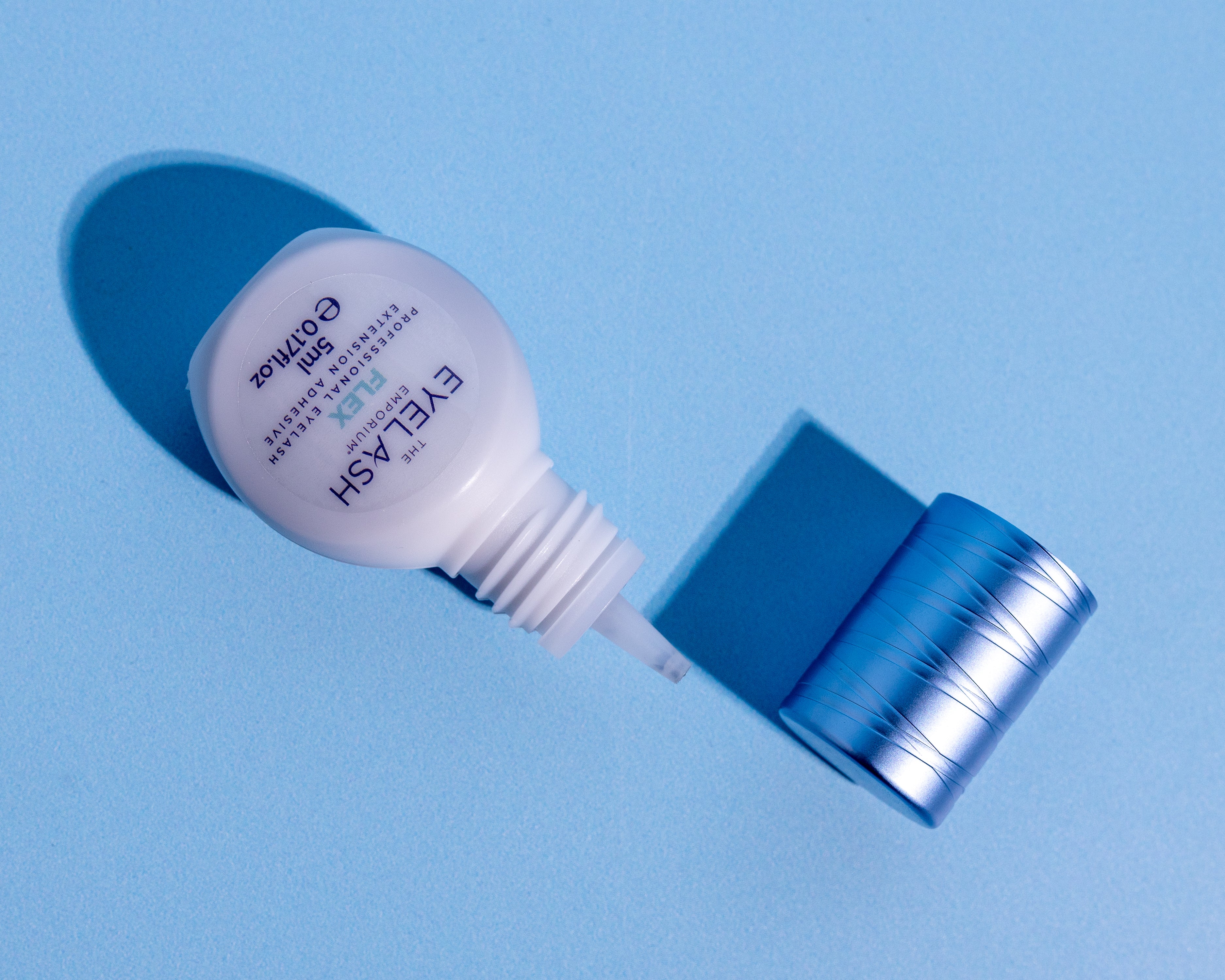Why Not to Patch Test Eyelash Adhesive on Skin
Patch Testing Semi Permanent Eyelash Adhesives on Skin can Sensitise Your Client and Prevent Further Treatment
We are hearing from lash technicians that are still being trained to patch test adhesive on their client's skin. All semi-permanent lash adhesives, that are worth using, are based on cyanoacrylate and are irritants. The Eyelash Emporium adhesives are high purity and tested to be absolutely safe in the case of accidental skin contact but they are still irritants and should never, ever be used to bond directly to your client's skin.
Patch testing any irritant on skin is likely to cause a reaction, sometimes so minor that it is unnoticable, but the body's immune system may have learnt to reject things containing that substance and could react worse the next time contact occurs. If a true allergic reaction occurs, the client is lost to the treatment forever as allergies do not get better over time and all lash adhesives contain this basic ingredient.
Adhesive manufacturers recommend that you follow a simple procedure to replicate the treatment 48 hours before the full treatment is carried out. Place 2 lashes on the outer corners of each eye using exactly the same setup and materials that you will be using in the treatment. With such small quantities being used, any reaction to the patch test is easily managed with minimum risk to your client. No testing can guard fully against allergies as they can develop at any time, even after years of exposure. Limiting your client's exposure, however, does make developing an allergy less likely. Patch testing this way also allows you to look closely at your client's lash growth, plan the treatment and makes sure that your client is comfortable with the procedure.
Watch our video that shows how to patch test according to the manufacturer's recommendations. If you choose not to follow manufacturer's recommendations it may invalidate your insurance and leave you exposed to costly litigation.
Please contact us if you have any further questions regarding the recommended patch test procedure.
- Tags: Adhesives


